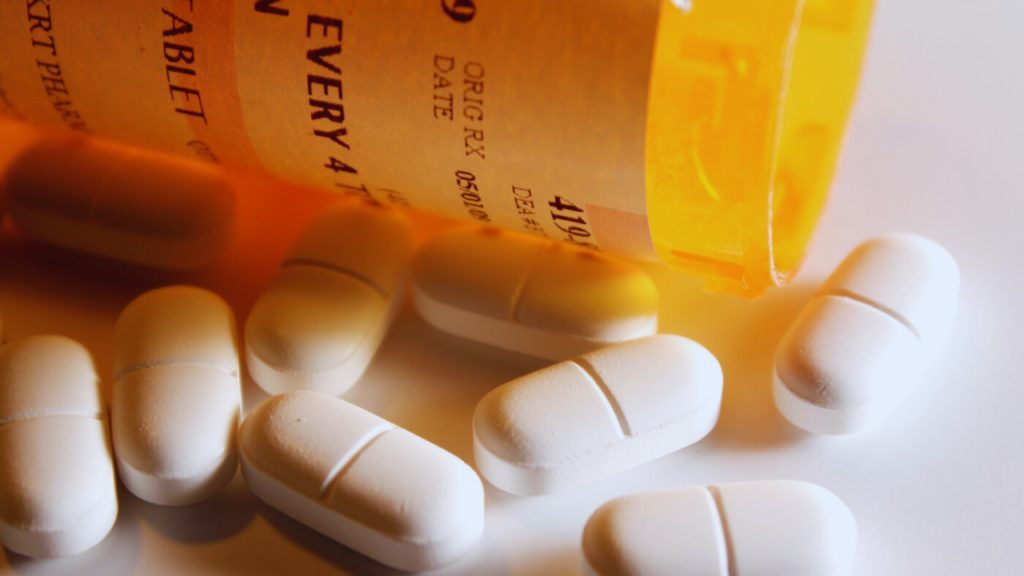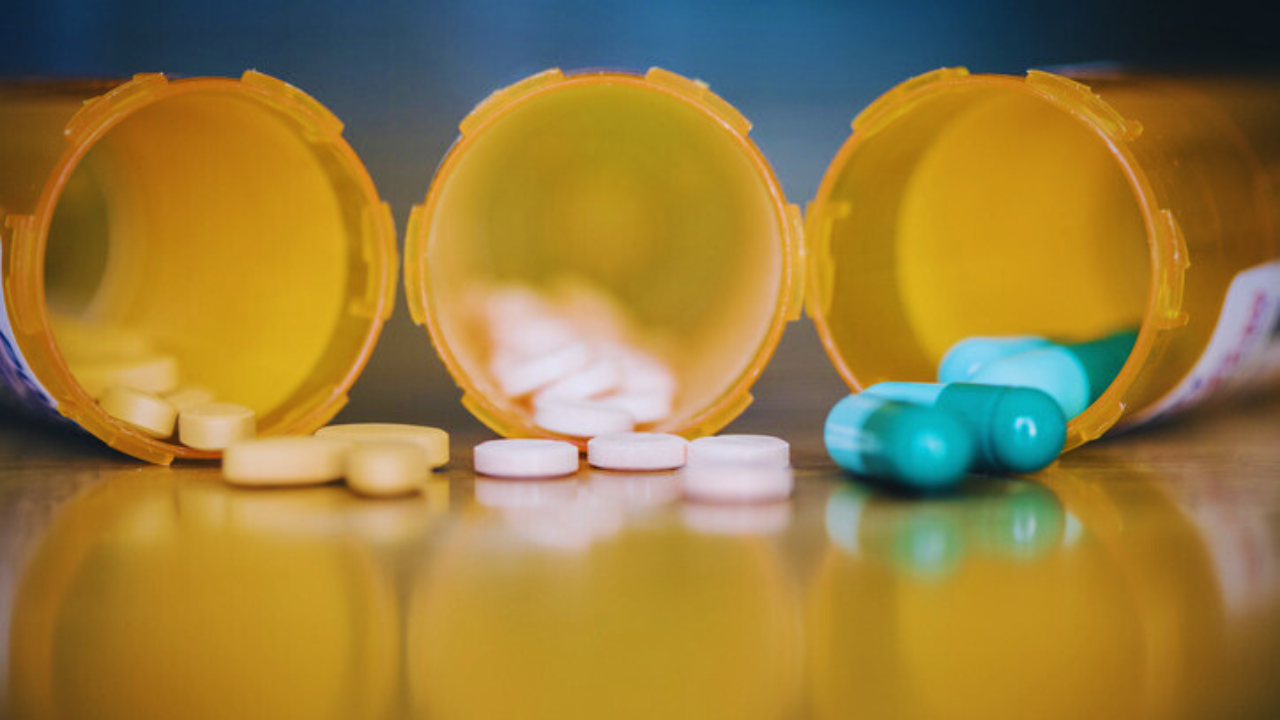Type 2 diabetes is a chronic condition that affects millions of people worldwide. While lifestyle modifications like diet and exercise are crucial, medications and therapies often play a significant role in managing blood sugar levels and preventing complications. Let’s delve into the top 10 medications and therapies commonly used for type 2 diabetes control.

Medications
- Metformin:
- A first-line treatment, metformin helps lower blood sugar levels by reducing glucose production by the liver and improving insulin sensitivity.
- It’s generally well-tolerated but can cause side effects like digestive issues.
- Sulfonylureas (e.g., Glipizide, Glyburide):
- These medications stimulate the pancreas to release more insulin.
- While effective, they can lead to hypoglycemia (low blood sugar) if not carefully monitored.
- Thiazolidinediones (TZDs) (e.g., Pioglitazone, Rosiglitazone):
- TZDs improve insulin sensitivity in tissues, particularly in muscle and fat cells.
- However, they can have potential side effects like weight gain and fluid retention.
- DPP-4 Inhibitors (e.g., Sitagliptin, Saxagliptin):
- These drugs slow down the breakdown of incretin hormones, which stimulate insulin release and reduce glucagon production.
- They are generally well-tolerated but can sometimes cause upper respiratory tract infections.
- GLP-1 Receptor Agonists (e.g., Liraglutide, Semaglutide):
- These medications mimic the action of incretin hormones, leading to increased insulin secretion, delayed gastric emptying, and reduced appetite.
- They can be effective in weight loss and blood sugar control but may cause gastrointestinal side effects.
- SGLT-2 Inhibitors (e.g., Empagliflozin, Canagliflozin):
- These drugs work by blocking the reabsorption of glucose in the kidneys, leading to increased glucose excretion in urine.
- They can reduce the risk of cardiovascular events and have a weight-loss benefit.
Therapies
- Insulin Therapy:
- Insulin injections are used to replace the body’s deficient insulin production.
- Different types of insulin, including rapid-acting, short-acting, intermediate-acting, and long-acting, are available to meet individual needs.
- Continuous Glucose Monitoring (CGM):
- CGM devices provide real-time blood glucose readings, helping individuals make informed decisions about insulin dosing and lifestyle adjustments.
- Insulin Pump Therapy:
- Insulin pumps deliver insulin continuously throughout the day, providing more precise blood sugar control compared to traditional injections.
- Bariatric Surgery:
- For individuals with severe obesity and type 2 diabetes, bariatric surgery can lead to significant weight loss and improved blood sugar control.
Note: The choice of medication or therapy for type 2 diabetes should be made in consultation with a healthcare provider. Individual factors, such as blood sugar levels, other health conditions, and personal preferences, will influence the optimal treatment plan.
